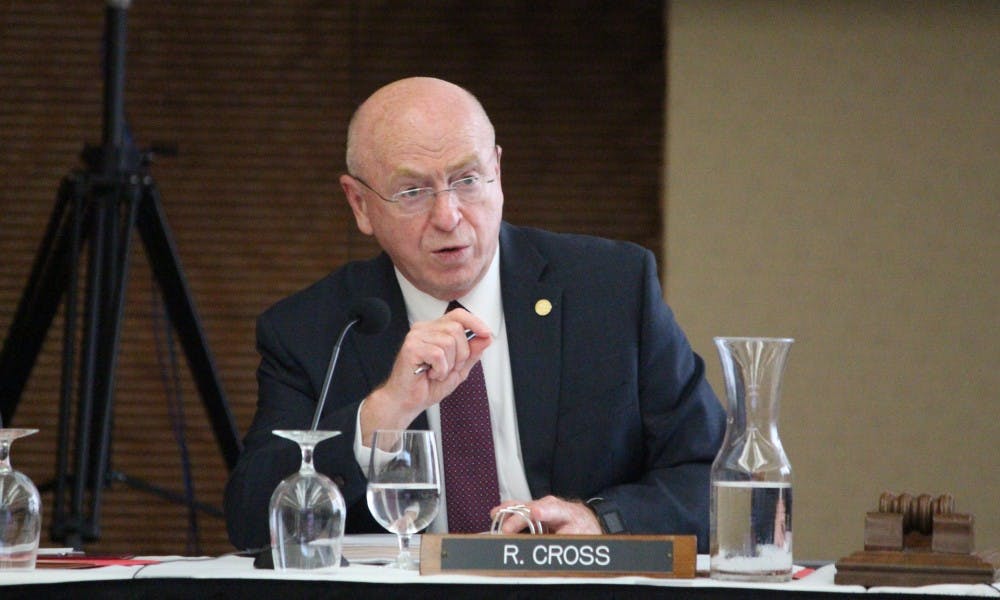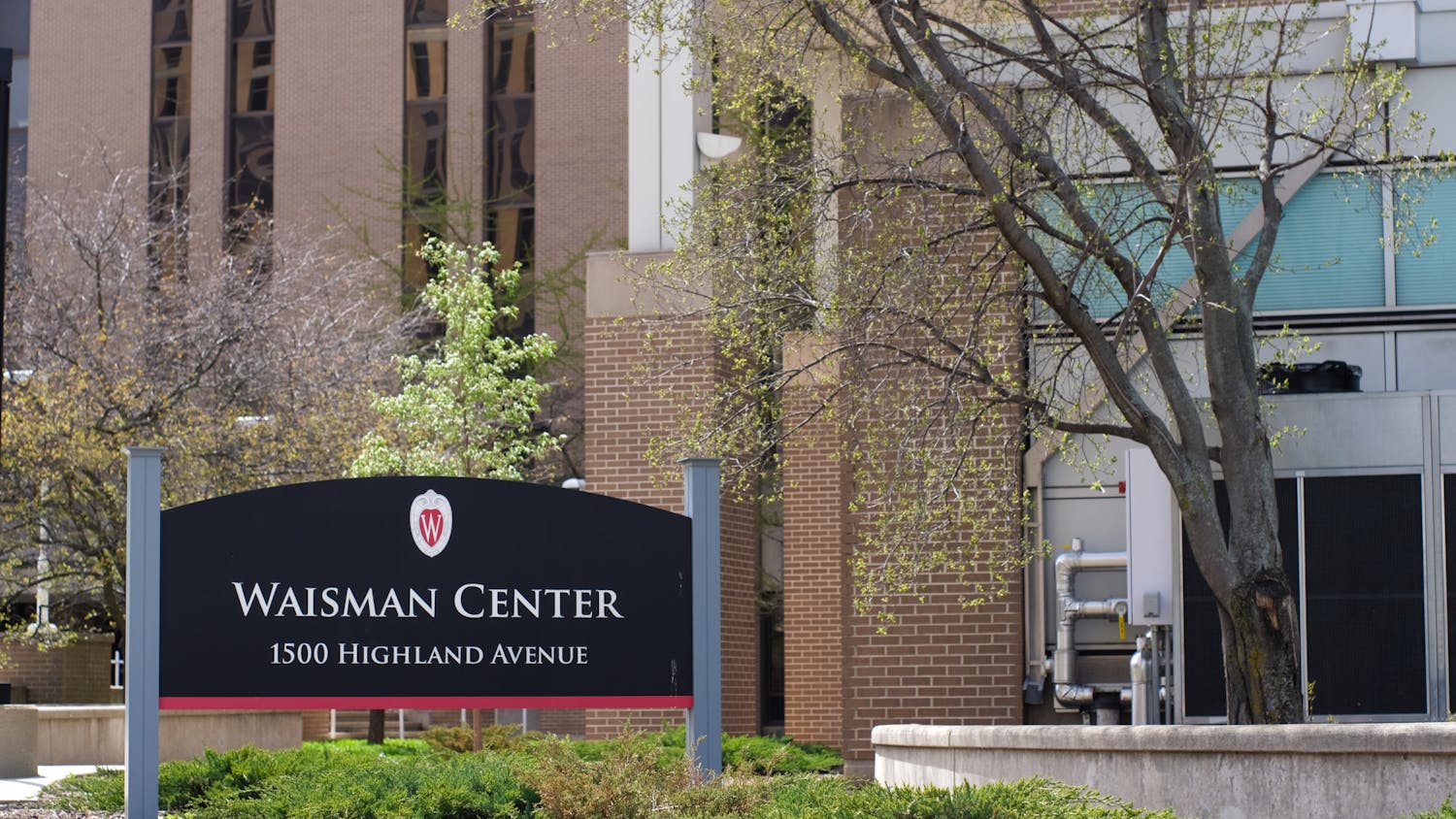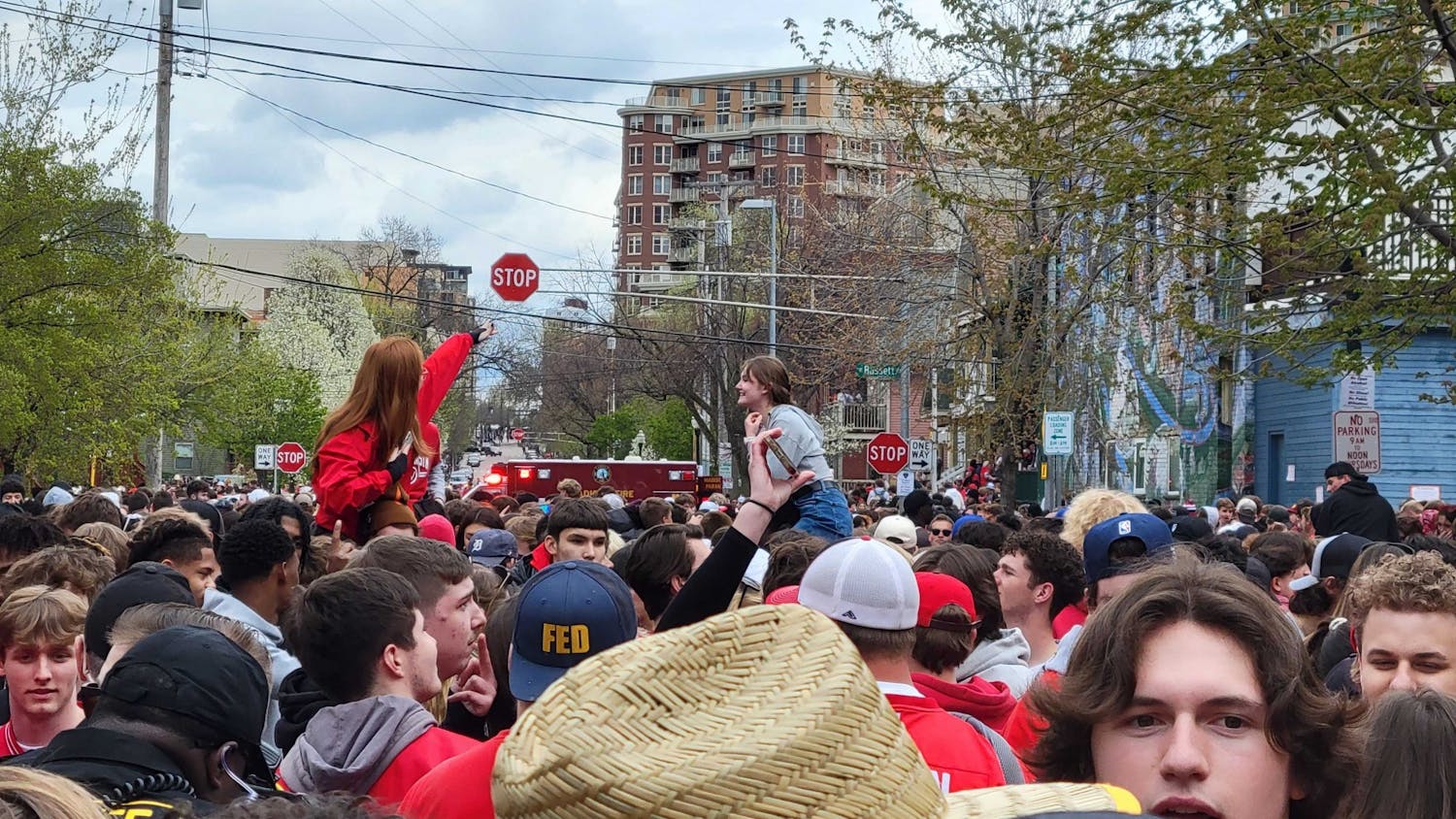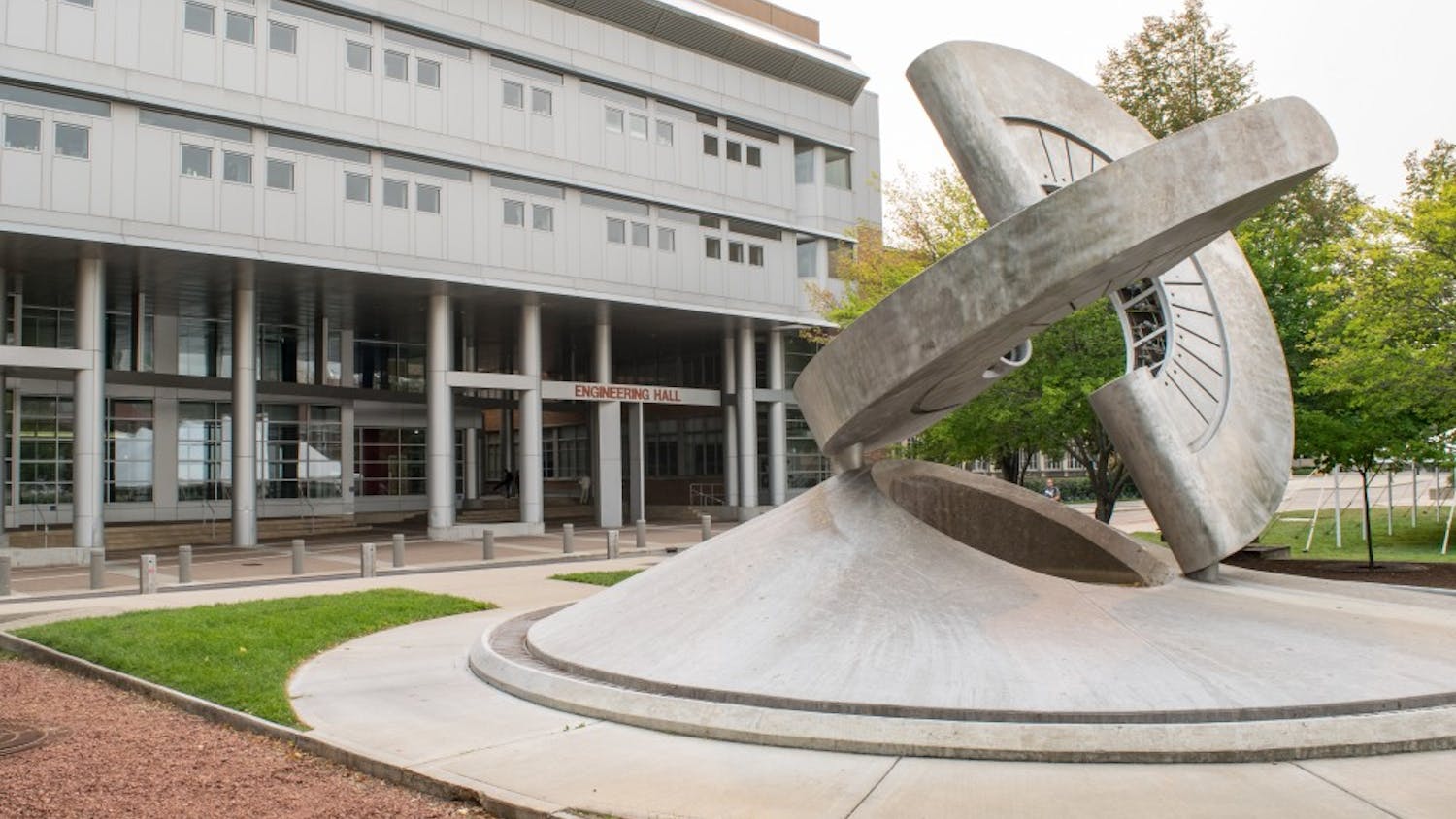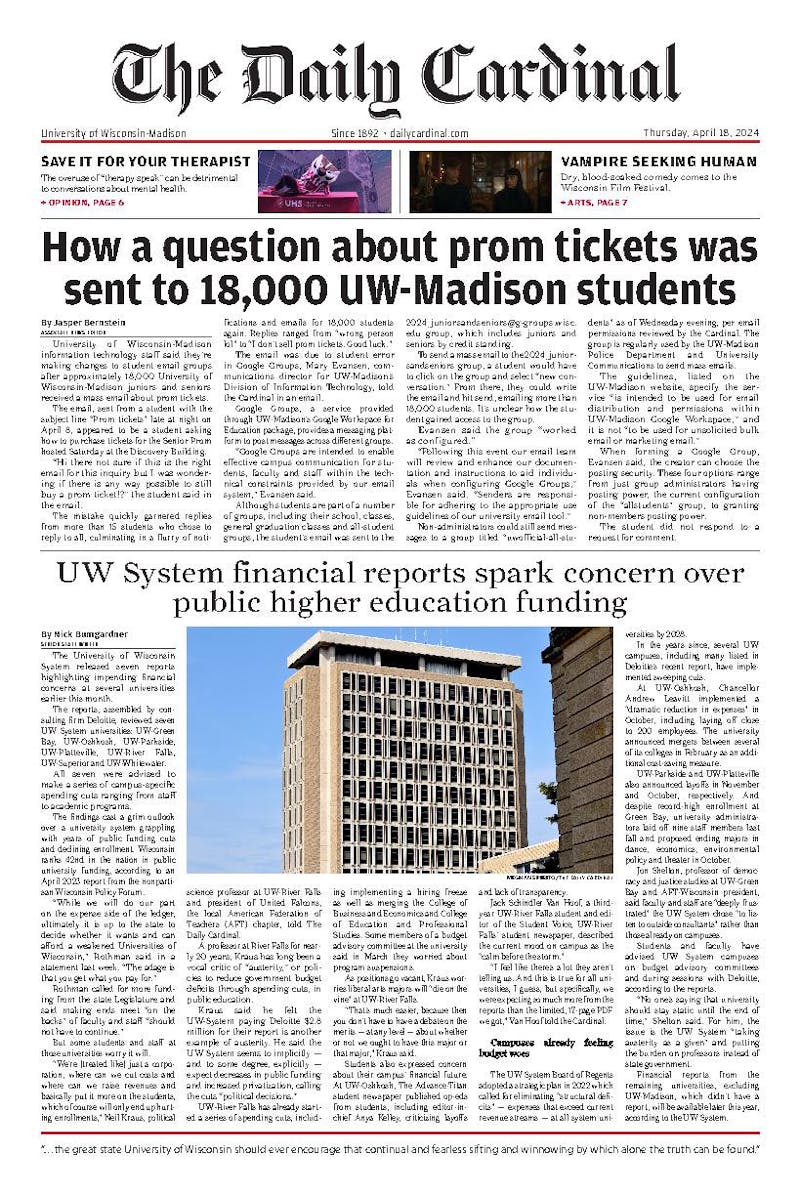The UW System’s announcement that it plans to merge each of Wisconsin’s two-year colleges with a nearby four-year university to combat declining enrollment was met with skepticism from many student leaders across the state. They bemoaned the lack of student input in the proposal, criticized the system for a “sloppy” rollout and wondered whether their schools would retain their unique character if such a plan went into effect.
Some have now added a more specific criticism to the list — if the plan is implemented, they’d rather have a different partner.
Elected city leaders in Sheboygan are leading a push to merge the city’s two-year school with UW-Milwaukee instead of with another four-year school, UW-Green Bay, as is outlined with the proposal. Some students, at UW-Sheboygan and around the system, would also rather see their two-year school paired with a different four-year institution, or are concerned about the future of their schools’ existing relationships with universities around the state.
Sheboygan city council members argue that the school should merge with UW-Milwaukee because the four-year school is “one of the leading economic drivers in the region.”
"I think the opportunities that UW-Milwaukee and their credentials — I think they're a better fit for Sheboygan than having those students going up to Green Bay," Jim Bohren, one of the city council members who drafted the resolution, told the Sheboygan Press.
The city officials, as well as some students, say it is counterintuitive for UW-Sheboygan to merge with UW-Green Bay when Milwaukee is logistically closer. Ian Goakey, vice president of UW-Sheboygan’s Student Government Association, said that personally, he would rather the school stay with UW-Green Bay because of his own “concerns with transferable credits,” but that as a student representative, the plan seems questionable.
“As a voice of the student body, the question is raised to why are we sectioned with UW-Green Bay since we're closer to Milwaukee? That doesn't make much sense,” Goakey told The Daily Cardinal.
But much of the concern, Goakey and other student leaders say, surrounds what will happen to collaborative programs with four-year universities other than the ones their schools are to be paired with.
“There are a lot of unknowns which haven't been answered, particularly for the collaborative degree programs currently offered with UW-Platteville and UW-Oshkosh,” Sara Kroneck, a UW-Sheboygan student representative, said.
These collaborative programs are different at each school, but most allow two-year students to take classes in an analogous four-year school’s program and often create an easier transfer process for those students. UW-Washington County business program’s partnership with UW-Oshkosh is a good example.
Goakey echoed his fellow student representative’s sentiment.
“My main concern as a student is that my collaborative program with [UW-Platteville] would be removed … [and that] they would not provide any remote access or collaborative options, forcing me to go to [UW-Milwaukee’s] higher tuition and on-campus only option,” Goakey said.
At an emergency meeting student representatives from around the state held immediately after the proposal was announced, a number of students brought up this same concern. But Vanessa Sawatzke, the treasurer of UW-Washington County’s student government, who had asked that question during the meeting, said the UW System has since answered it.
“I am an electrical engineering student in the UW-Platteville Collaborative Engineering program at UW-Washington County … I couldn’t imagine that UW-Milwaukee would be friendly to a competing university running an engineering program on their campus,” Sawatzke said. “Since that time, the question that I had has been answered.”
The answer Sawatzke is referring to can be found on the UW System’s Frequently Asked Questions page about the merger. According to the system: “successful collaborative partnerships and programs should continue, regardless of whether a UW institution and a branch campus are affiliated post-integration.”
Nonetheless, two-year students say many are wary because of the concerns, specific to each school, that still remain. Kroneck said she “see[s] the merge as an opportunity for improvement,” but that “right now everyone has a lot of questions.”
“When we first heard of the plan, I think everyone was in a state of shock because of the way it was sprung on everyone, students and faculty alike,” Kroneck said. “There's just so much we don't know yet.”
UW System spokesperson Stephanie Marquis said the details will become clearer if the Board of Regents officially accepts the proposal this month and affirmed that if that happens, successful collaborative programs will stay in place.
"If the Board approves the proposal to integrate two-year campuses with four-year comprehensive and research institutions, we will proceed with more fully engaging a broad range of stakeholders including students, faculty, staff and county and municipal representatives," Marquis said.
UPDATE Nov. 2, 1:56 p.m.: This post was updated to include comments from a UW System spokesperson.

